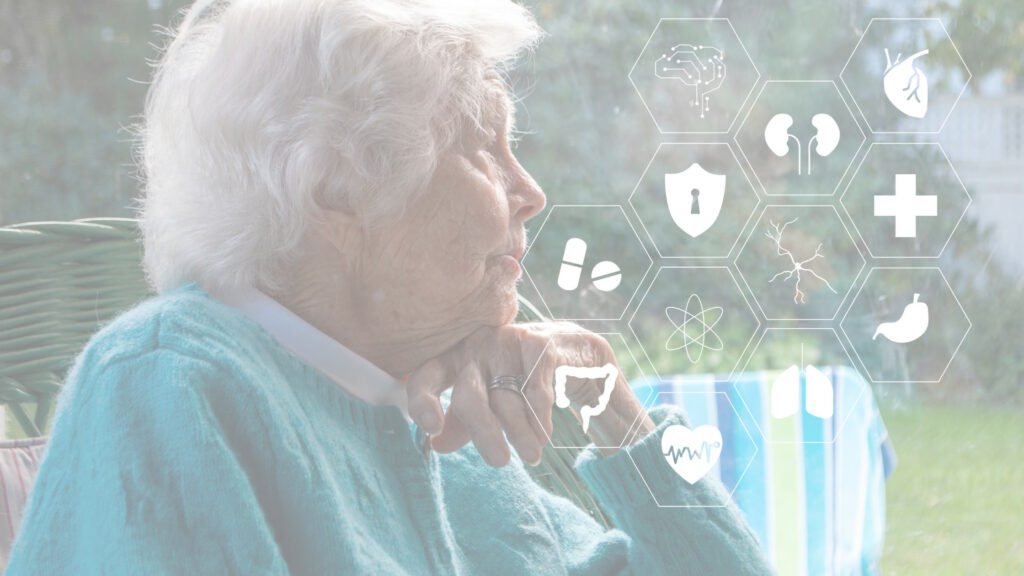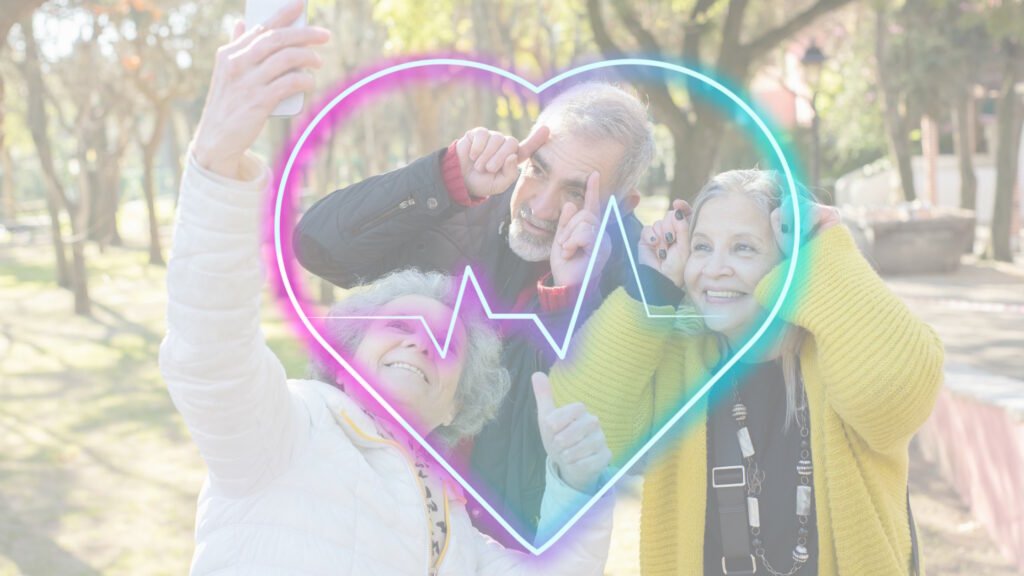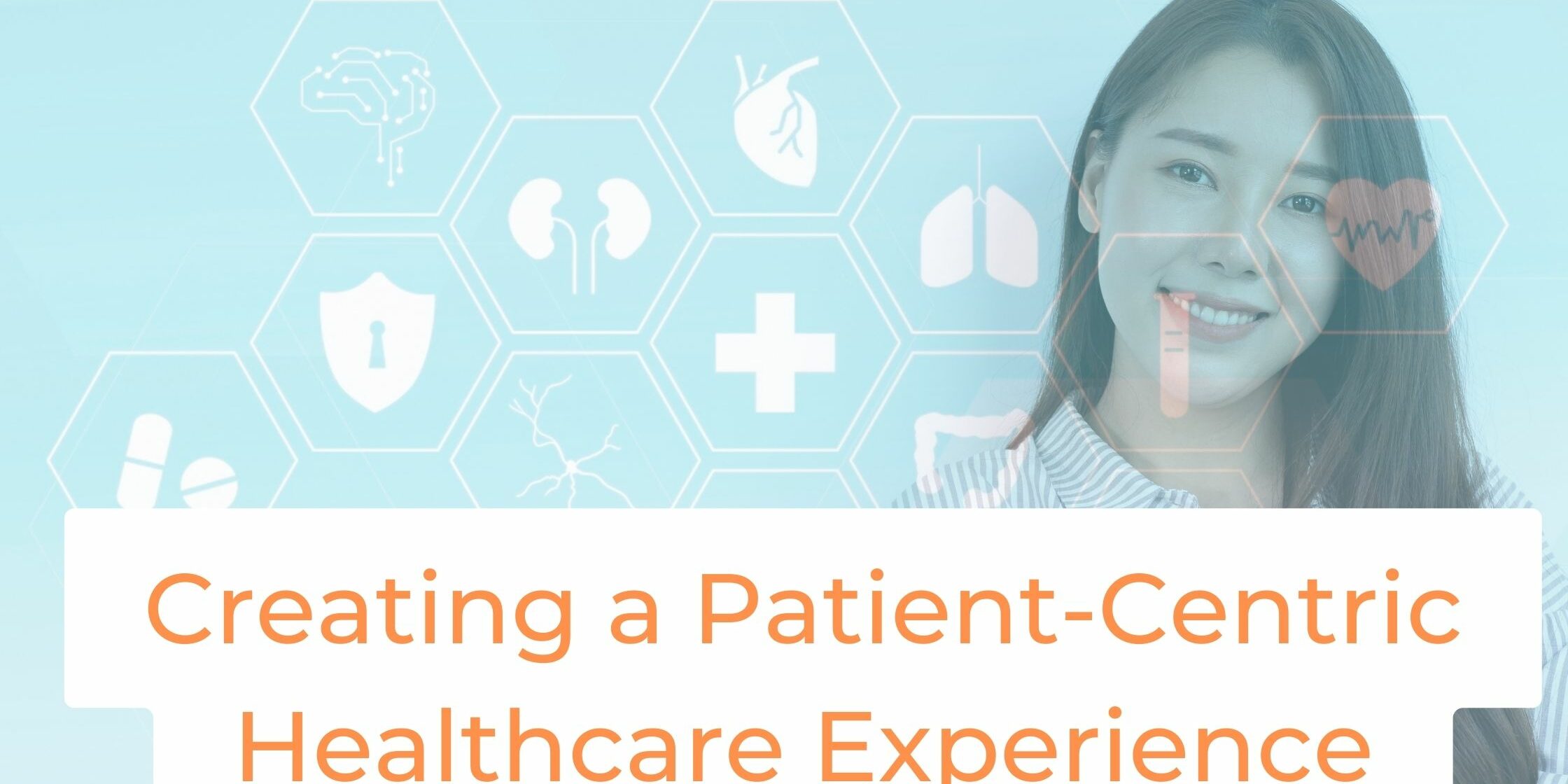Healthcare has traditionally been a provider-driven industry, with physicians and other healthcare professionals deciding on treatment plans without necessarily considering the patient’s perspective. However, with the rise of patient-Centric care, the focus has shifted to placing the patient at the center of the care experience. In this article, we will explore what it means to be patient-centric, the role of technology, the importance of trust and the human relationship with healthcare providers, and the role of the patient’s community in creating a true patient-centric healthcare experience.
What is Patient-Centric Care?
Patient-centric care is an approach to healthcare that emphasizes the patient’s perspective and experiences. It is a methodology that prioritizes the needs of the patient, both physically and emotionally, and involves actively engaging them in their own care. This approach involves listening to patients, understanding their values and preferences, their social determinants of health (sDoH) and collaborating with them to develop care plans that are tailored to their specific needs.
Patient-centric care requires a shift in the mindset of healthcare providers, from a paternalistic approach to one that values and respects the patient’s autonomy and decision-making abilities. Patients are viewed as partners in their own care, rather than passive recipients of treatment.

The Role of Technology in a Patient-Centric Healthcare Experience
Technology has the potential to greatly enhance the patient experience in healthcare, but it must be used in a way that is seamless and serves the patient’s needs. When technology is seamlessly integrated into the care process, it can improve efficiency, reduce errors, and increase access to care.
One example of a technology-driven innovation that serves the patient is telemedicine. Telemedicine is the use of technology to provide remote medical care, such as virtual consultations and remote monitoring. This approach can increase access to care for patients who are geographically isolated or have mobility limitations. It also allows patients to receive care from the comfort of their own home, reducing the need for hospital visits.
Another example is the use of electronic health records (EHRs), which can improve coordination of care and provide patients with access to their health information. However, it’s important to ensure that EHRs are user-friendly and don’t detract from the patient-provider relationship.
On the other hand, technology can also have a negative impact on the patient experience when it is not seamlessly integrated into the care process, or into the patient’s daily life. For example, the overreliance on technology for communication can lead to decreased face-to-face interaction with patients, which can decrease patient satisfaction and trust in their healthcare provider.

The Importance of Trust and the Human Relationship with Healthcare Providers
Trust is a crucial element of the patient-provider relationship. Patients need to feel that their healthcare providers have their best interests at heart and that they are being treated with respect and empathy. When patients feel that their healthcare providers are trustworthy, they are more likely to follow their treatment plans and have better health outcomes.
One way to build trust with patients is by prioritizing personal communication. Healthcare providers should take the time to listen to patients, answer their questions, and explain their diagnoses and treatment plans in a clear and understandable way. They should also show empathy and respect for their patients’ feelings and concerns.
Another way to build trust is by engaging patients in their own care. This involves collaborating with patients to develop care plans that are tailored to their specific needs and preferences. When patients feel that they are partners in their own care, they are more likely to trust their healthcare providers and be more engaged in their own health.

The Role of the Patient's Community
Patients do not exist in a vacuum. They are part of a larger community, which includes family members, caregivers, and support networks. Engaging the patient’s community can be a powerful way to improve the patient experience and have a significant impact on the patient’s overall well-being and recovery.
One way in which the patient’s community can be involved is through support groups. Support groups can provide patients with a sense of community and help them cope with the emotional and psychological aspects of their illness. These groups provide a safe space for patients to share their experiences, ask questions, and receive emotional support from others who are going through similar experiences.
Support groups can also be beneficial for caregivers and family members. Caregiving can be a challenging and isolating experience, and support groups can provide a space for caregivers to share their experiences, receive emotional support, and learn from others who have been in similar situations. Caregivers who are well-supported are more likely to provide high-quality care and to have better mental and physical health outcomes.
In both the above examples, the support groups should also include the healthcare providers (while still maintaining privacy), so that they can continue to build the relationship of trust with the patients.
Another way in which the patient’s community can be involved is through patient and family advisory councils or patient advocacy groups. These councils consist of patients, family members, and caregivers who work with healthcare providers to provide feedback on the patient experience and to help develop patient-centric care policies and practices. These councils or advocacy groups can help ensure that the patient’s perspective is always at the forefront of decision-making and that policies and practices are developed with the patient’s needs in mind.
Community health workers are also an important part of the patient’s community. Community health workers are trained healthcare professionals who work in the patient’s community to provide education, support, and advocacy. They can help patients navigate the healthcare system, provide education on health topics, and connect patients with community resources. Community health workers can also provide emotional support and serve as a bridge between the patient and their healthcare provider.
Conclusion
Creating a patient-centric healthcare experience requires a multifaceted approach that involves prioritizing the patient’s perspective and experiences, using technology in a way that serves the patient rather than burdening them, building trust and a human relationship with healthcare providers, and involving the patient’s community. By taking a patient-centric approach to healthcare, we can improve the patient experience, increase patient engagement in their own care, and ultimately improve health outcomes.
FAQ
How can healthcare providers effectively measure the success of implementing patient-centric care in their practices?
Patient-centric care emphasizes the patient’s perspective and experiences, but it is crucial to understand how healthcare providers can quantify the impact of this approach on patient outcomes and satisfaction.
What specific challenges or barriers might healthcare organizations face when transitioning to a patient-centric model?
While the benefits of patient-centric care are highlighted, it is essential to address potential obstacles or difficulties that healthcare organizations may encounter during the implementation process.
In what ways can technology be further leveraged to enhance the patient experience beyond what is currently discussed above?
The role of technology in patient-centric care is mentioned, but exploring additional innovative technologies or strategies that could elevate the patient experience would provide a more comprehensive understanding of its potential impact.

